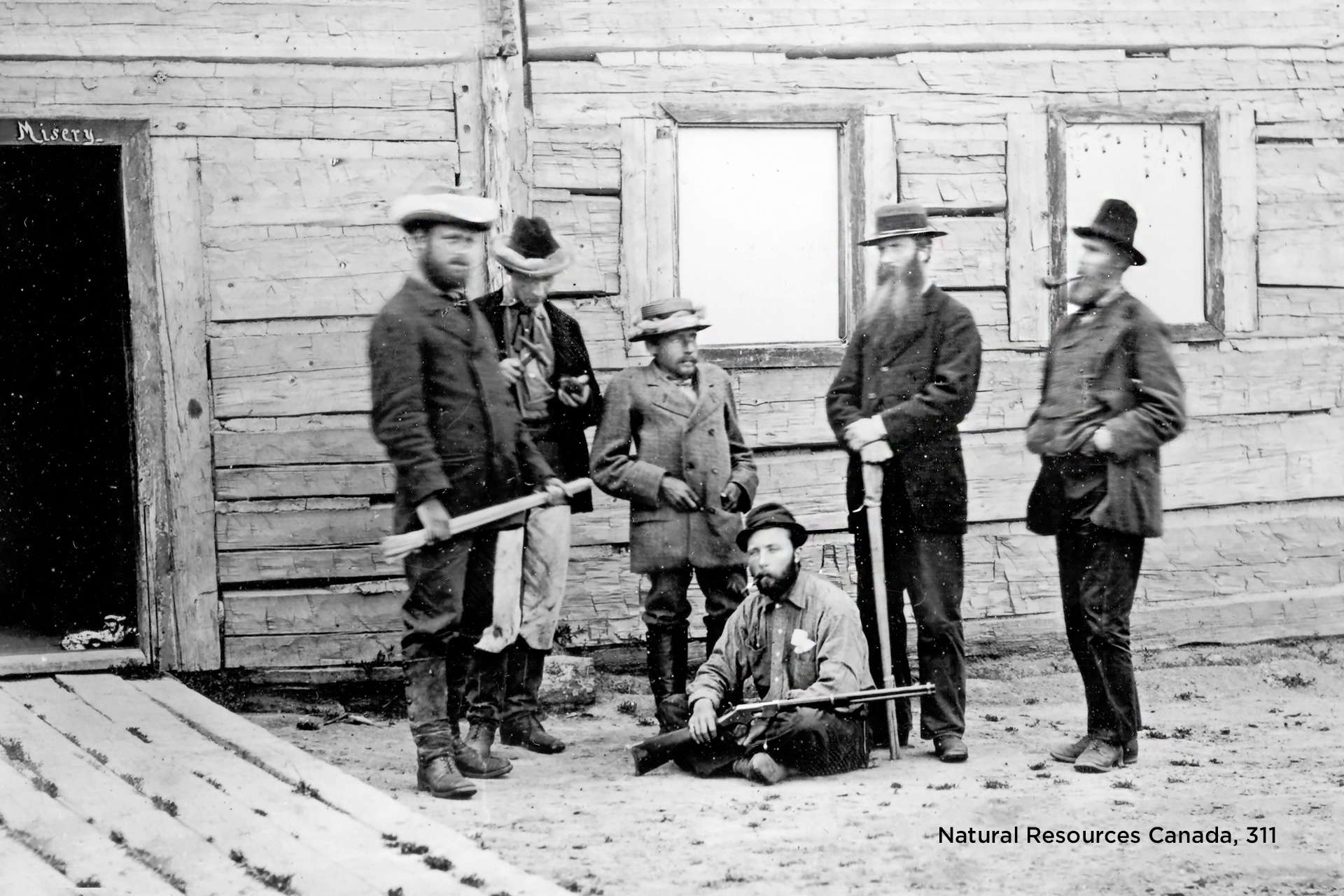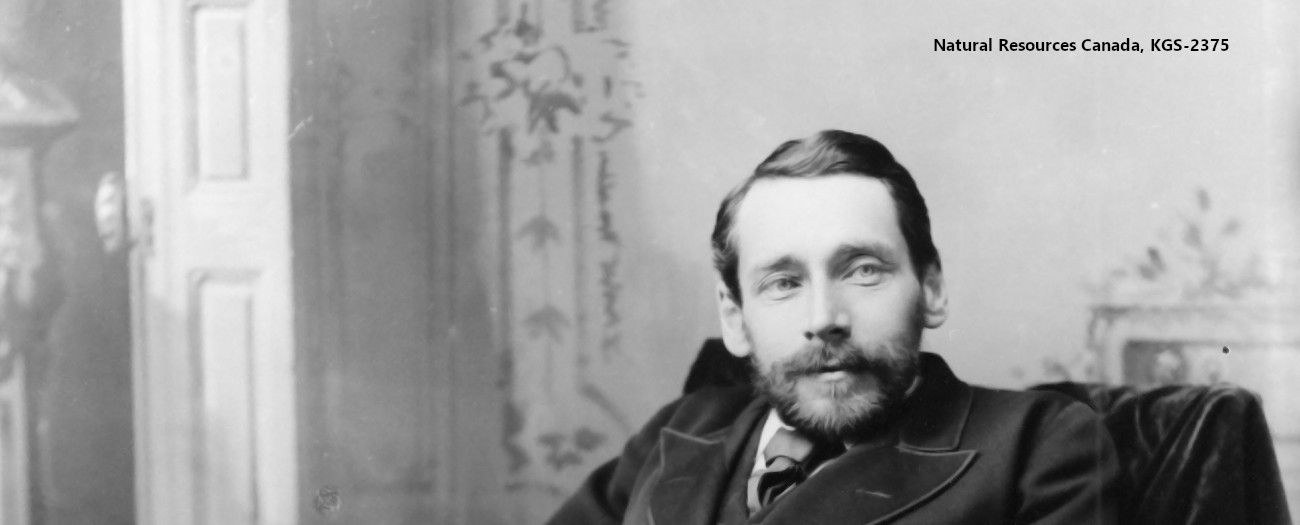Early explorer and geologist George Dawson gave Canada insight into its geology and resources
Alberta - November 21, 2019Editor’s Note: The following story was originally published by Alberta Culture, Multiculturalism, and Status of Women. We at Resource felt we couldn’t write it better if we tried, so we are republishing the story here, with a few changes made in the name of brevity and style.

George Mercer Dawson is as unlikely an explorer as one might find in Canadian history. As a child, he contracted Pott’s Disease, a form of tuberculosis that infects the spine. Although he recovered, he was left with a severely curved spine that caused a hunched back, stunted his growth and left him in almost constant pain throughout the rest of his life.
Yet, Dawson became the third director of the Geological Survey of Canada (GSC) and one of the most respected geologists and scientists of his time. He explored and surveyed huge portions of the country, most of it uncharted wilderness, from the Pacific Coast across the Plains and into the far North, and amassed copious quantities of information about Canada’s geology and mineral wealth.
During the early-1870s, he served as a geologist and naturalist with the party surveying the boundary between Canada and the United States, during which time he documented oil in the Waterton region. Dawson’s report on the geology of the border region went well beyond expectations, and the information provided about coal, climate, weather, and water availability aided greatly in the settlement and the development of the West.
Dawson joined the GSC in 1875 and spent many years doing field work, mostly in western Canada. Although not a trained anthropologist, his observations of First Nations culture and his attention to indigenous place names revealed information previously unknown (or uncared for).
Dawson died when he was only 52 in Ottawa on March 2, 1901, after a short bout of bronchitis. He had become a revered and beloved figure, and his unexpected death shocked the country and the scientific community. His work as a geological surveyor laid the groundwork for much of western Canada’s economic development. The communities of Dawson City, Yukon, and Dawson Creek, British Columbia, are named for him.
Resource Editor


